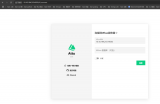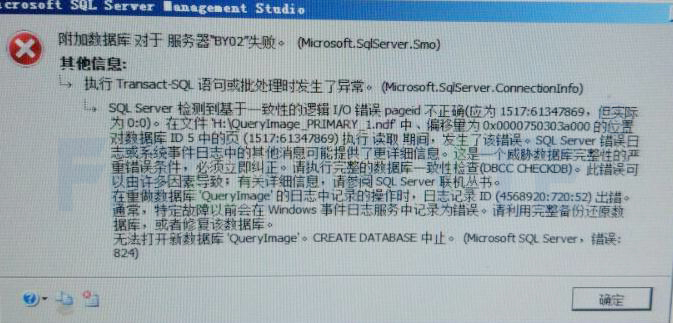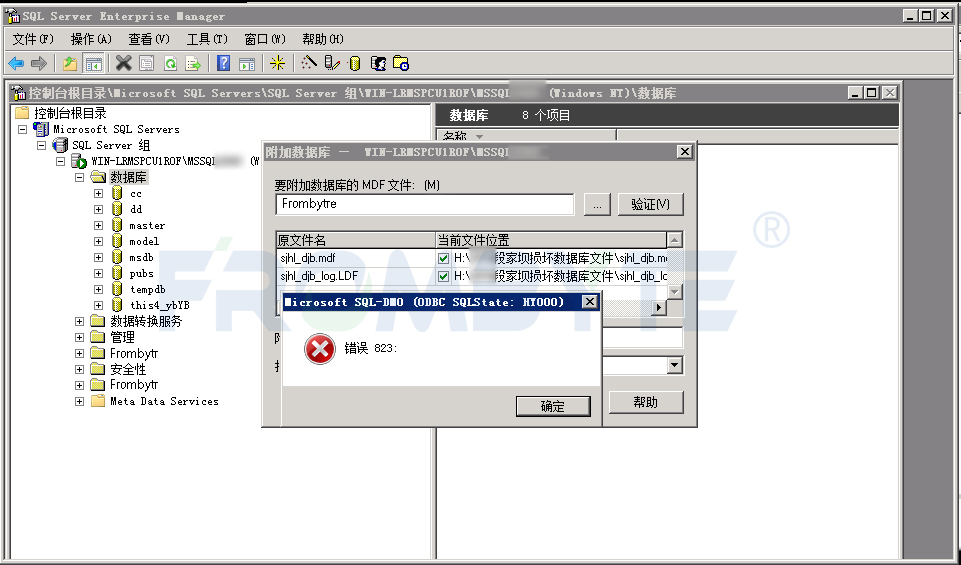在寫入數據庫的時候需要有鎖,比如同時寫入數據庫的時候會出現丟數據,那么就需要鎖機制。
數據鎖分為樂觀鎖和悲觀鎖
它們使用的場景如下:
樂觀鎖適用于寫少讀多的情景,因為這種樂觀鎖相當于JAVA的CAS,所以多條數據同時過來的時候,不用等待,可以立即進行返回。
悲觀鎖適用于寫多讀少的情景,這種情況也相當于JAVA的synchronized,reentrantLock等,大量數據過來的時候,只有一條數據可以被寫入,其他的數據需要等待。執行完成后下一條數據可以繼續。
他們實現的方式上有所不同。
樂觀鎖采用版本號的方式,即當前版本號如果對應上了就可以寫入數據,如果判斷當前版本號不一致,那么就不會更新成功,
比如
update table set column = value
where version=${version} and otherKey = ${otherKey}
悲觀鎖實現的機制一般是在執行更新語句的時候采用for update方式,
比如
update table set column='value'for update
這種情況where條件呢一定要涉及到數據庫對應的索引字段,這樣才會是行級鎖,否則會是表鎖,這樣執行速度會變慢。
下面我就弄一個spring boot(springboot 2.1.1 + mysql + lombok + aop + jpa)工程,然后逐漸的實現樂觀鎖和悲觀鎖。
假設有一個場景,有一個catalog商品目錄表,然后還有一個browse瀏覽表,假如一個商品被瀏覽了,那么就需要記錄下瀏覽的user是誰,并且記錄訪問的總數。
表的結構非常簡單:
create table catalog (
id int(11) unsigned NOT NULL AUTO_INCREMENT COMMENT '主鍵',
name varchar(50) NOT NULL DEFAULT '' COMMENT '商品名稱',
browse_count int(11) NOT NULL DEFAULT 0 COMMENT '瀏覽數',
version int(11) NOT NULL DEFAULT 0 COMMENT '樂觀鎖,版本號',
PRIMARY KEY(id)
) ENGINE=INNODB DEFAULT CHARSET=utf8;
CREATE table browse (
id int(11) unsigned NOT NULL AUTO_INCREMENT COMMENT '主鍵',
cata_id int(11) NOT NULL COMMENT '商品ID',
user varchar(50) NOT NULL DEFAULT '' COMMENT '',
create_time timestamp NOT NULL DEFAULT CURRENT_TIMESTAMP ON UPDATE CURRENT_TIMESTAMP COMMENT '創建時間',
PRIMARY KEY(id)
) ENGINE=INNODB DEFAULT CHARSET=utf8;
POM.XML的依賴如下:
xsi:schemaLocation="http://maven.apache.org/POM/4.0.0 http://maven.apache.org/xsd/maven-4.0.0.xsd">
項目的結構如下:
介紹一下項目的結構的內容:
entity包: 實體類包。
repository包:數據庫repository
service包: 提供服務的service
controller包: 控制器寫入用于編寫requestMapping。相關請求的入口類
annotation包: 自定義注解,用于重試。
aspect包: 用于對自定義注解進行切面。
DblockApplication: springboot的啟動類。
DblockApplicationTests: 測試類。
咱們看一下核心代碼的實現,參考如下,使用dataJpa非常方便,集成了CrudRepository就可以實現簡單的CRUD,非常方便,有興趣的同學可以自行研究。
實現樂觀鎖的方式有兩種:
1、更新的時候將version字段傳過來,然后更新的時候就可以進行version判斷,如果version可以匹配上,那么就可以更新(方法:updateCatalogWithVersion)。
2、在實體類上的version字段上加入version,可以不用自己寫SQL語句就可以它就可以自行的按照version匹配和更新,是不是很簡單。
publicinterfaceCatalogRepositoryextendsCrudRepository
@Query(value = "select * from Catalog a where a.id = :id for update", nativeQuery = true)
Optional
@Lock(value = LockModeType.PESSIMISTIC_WRITE) //代表行級鎖
@Query("select a from Catalog a where a.id = :id")
Optional
@Modifying(clearAutomatically = true) //修改時需要帶上
@Query(value = "update Catalog set browse_count = :browseCount, version = version + 1 where id = :id " +
"and version = :version", nativeQuery = true)
int updateCatalogWithVersion(@Param("id") Long id, @Param("browseCount") Long browseCount, @Param("version") Long version);
}
實現悲觀鎖的時候也有兩種方式:
1、自行寫原生SQL,然后寫上for update語句。(方法:findCatalogsForUpdate)
2、使用@Lock注解,并且設置值為LockModeType.PESSIMISTIC_WRITE即可代表行級鎖。
還有我寫的測試類,方便大家進行測試:
package com.hqs.dblock;
import org.junit.Test;
import org.junit.runner.RunWith;
import org.springframework.beans.factory.annotation.Autowired;
import org.springframework.boot.test.context.SpringBootTest;
import org.springframework.boot.test.web.client.TestRestTemplate;
import org.springframework.test.context.junit4.SpringRunner;
import org.springframework.util.LinkedMultiValueMap;
import org.springframework.util.MultiValueMap;
@RunWith(SpringRunner.class)
@SpringBootTest(classes = DblockApplication.class, webEnvironment = SpringBootTest.WebEnvironment.RANDOM_PORT)
publicclassDblockApplicationTests {
@Autowired
privateTestRestTemplate testRestTemplate;
@Test
publicvoid browseCatalogTest() {
String url = "http://localhost:8888/catalog";
for(int i = 0; i < 100; i++) {
finalint num = i;
newThread(() -> {
MultiValueMap
params.add("catalogId", "1");
params.add("user", "user" + num);
String result = testRestTemplate.postForObject(url, params, String.class);
System.out.println("-------------" + result);
}
).start();
}
}
@Test
publicvoid browseCatalogTestRetry() {
String url = "http://localhost:8888/catalogRetry";
for(int i = 0; i < 100; i++) {
finalint num = i;
newThread(() -> {
MultiValueMap
params.add("catalogId", "1");
params.add("user", "user" + num);
String result = testRestTemplate.postForObject(url, params, String.class);
System.out.println("-------------" + result);
}
).start();
}
}
}
調用100次,即一個商品可以瀏覽一百次,采用悲觀鎖,catalog表的數據都是100,并且browse表也是100條記錄。采用樂觀鎖的時候,因為版本號的匹配關系,那么會有一些記錄丟失,但是這兩個表的數據是可以對應上的。
樂觀鎖失敗后會拋出ObjectOptimisticLockingFailureException,那么我們就針對這塊考慮一下重試,下面我就自定義了一個注解,用于做切面。
package com.hqs.dblock.annotation;
import java.lang.annotation.ElementType;
import java.lang.annotation.Retention;
import java.lang.annotation.RetentionPolicy;
import java.lang.annotation.Target;
@Target(ElementType.METHOD)
@Retention(RetentionPolicy.RUNTIME)
public@interfaceRetryOnFailure {
}
針對注解進行切面,見如下代碼。我設置了最大重試次數5,然后超過5次后就不再重試。
package com.hqs.dblock.aspect;
import lombok.extern.slf4j.Slf4j;
import org.aspectj.lang.ProceedingJoinPoint;
import org.aspectj.lang.annotation.Around;
import org.aspectj.lang.annotation.Aspect;
import org.aspectj.lang.annotation.Pointcut;
import org.hibernate.StaleObjectStateException;
import org.springframework.orm.ObjectOptimisticLockingFailureException;
import org.springframework.stereotype.Component;
@Slf4j
@Aspect
@Component
publicclassRetryAspect {
publicstaticfinalint MAX_RETRY_TIMES = 5;//max retry times
@Pointcut("@annotation(com.hqs.dblock.annotation.RetryOnFailure)") //self-defined pointcount for RetryOnFailure
publicvoid retryOnFailure(){}
@Around("retryOnFailure()") //around can be execute before and after the point
publicObject doConcurrentOperation(ProceedingJoinPoint pjp) throwsThrowable {
int attempts = 0;
do {
attempts++;
try {
pjp.proceed();
} catch (Exception e) {
if(e instanceofObjectOptimisticLockingFailureException ||
e instanceofStaleObjectStateException) {
log.info("retrying....times:{}", attempts);
if(attempts > MAX_RETRY_TIMES) {
log.info("retry excceed the max times..");
throw e;
}
}
}
} while (attempts < MAX_RETRY_TIMES);
returnnull;
}
}
-
數據庫
+關注
關注
7文章
3926瀏覽量
66194
原文標題:聊聊數據庫樂觀鎖和悲觀鎖
文章出處:【微信號:DBDevs,微信公眾號:數據分析與開發】歡迎添加關注!文章轉載請注明出處。
發布評論請先 登錄
milvus向量數據庫的主要特性和應用場景

一文讀懂Allegro先進磁性開關和鎖存器

MySQL數據庫是什么
自鎖電路模組選擇指南
自鎖電路的類型和特點
MySQL數據庫的安裝

云數據庫是哪種數據庫類型?
數據庫數據恢復—MYSQL數據庫ibdata1文件損壞的數據恢復案例
多維表格數據庫Teable的適用場景?
數據庫數據恢復—通過拼接數據庫碎片恢復SQLserver數據庫

數據庫數據恢復—SQL Server數據庫出現823錯誤的數據恢復案例






 數據庫的樂觀鎖和悲觀鎖的使用場景
數據庫的樂觀鎖和悲觀鎖的使用場景













評論